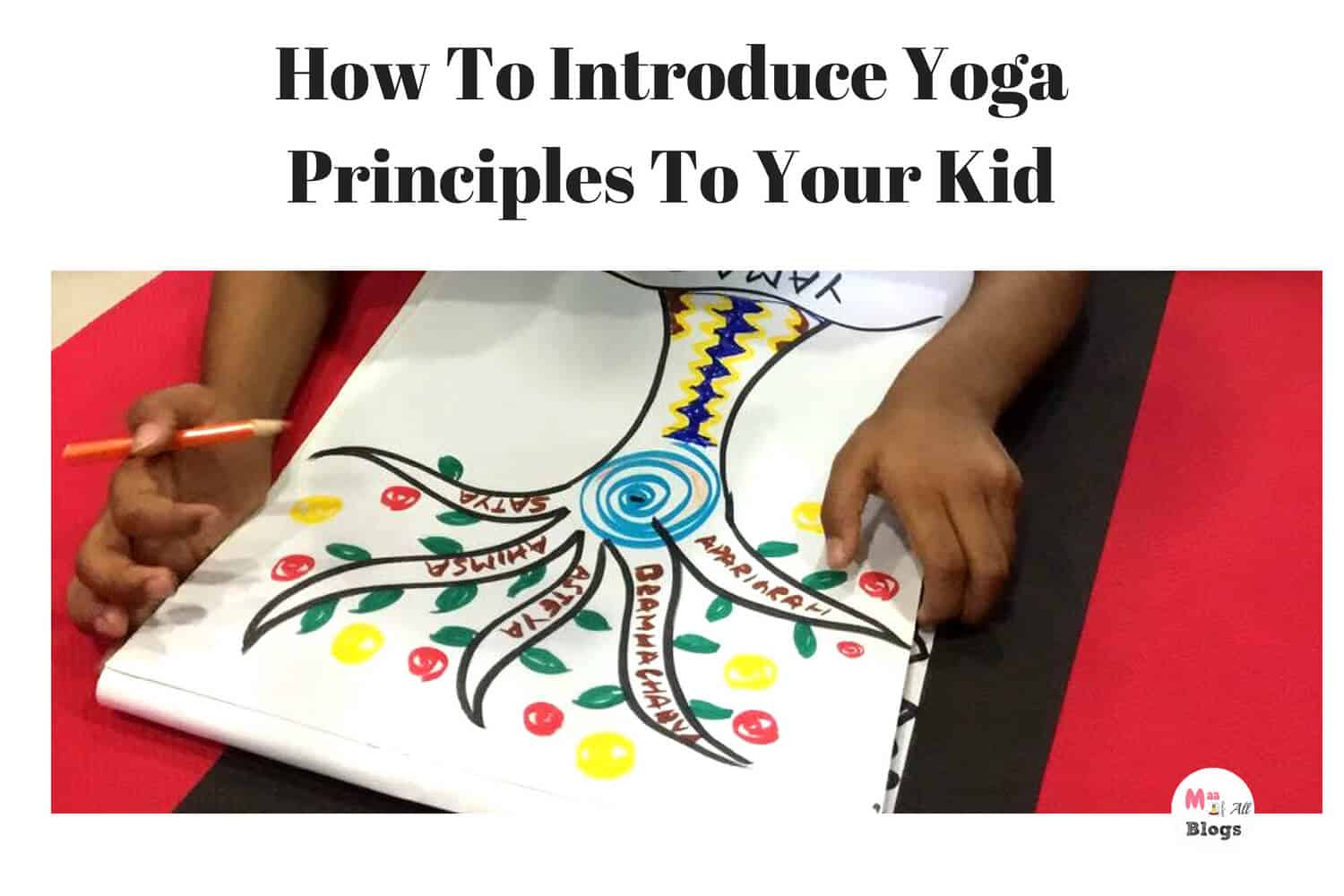
Yamas for kids
When you adapt yoga in your life the one thing you need to realise is that it’s your own journey and every time you crack a pose there is an advanced version to it. The other thing you need to realise is that yoga practice is not about cracking a pose, it is adapting to the whole lifestyle, philosophy, and principles within you.
I have seen myself change internally and externally over the last few years after adopting yoga. If you had met me a few years back, I would have told you yoga is not for the likes of me. I had tried yoga many times but could not connect to it. It came to me one day when I found the right form, the right class, and the right teacher.
My younger one has seen my journey from the beginning and it is for this reason, I choose to believe that he has adapted it so easily in his life.
If you want to explain the basics of principles of yoga to your kids, simplify them, come to their level and let these be your guides;
Following the Yamas or self-restraint is the first step of yoga.
Ahimsa– Not hurting anyone in speech, action or even thoughts. Teach them to be kind and patient with their siblings and peers. Be a role model and practice patience with them.
Satya– I always thought that saying the truth is the right path, but my little one pointed out that if your truth is going to hurt someone then such a truth must be avoided. Had no idea, this was actually a part of yoga.
Asteya– Do not take something that does not belong to you. So for kids, it can be translated as not snatching toys or even eating your brother’s chocolates after you have eaten yours.
Brahmacharya– Use your energy wisely. The story Giraffes Can’t Dance by Giles Andreae is a resource to introduce the idea of brahmacharya in a simple way. The Giraffe focuses all his energy on achieving his dream to dance, believing in himself even if the other animals had their doubts. Tween and teen yogis could practice meditation on the mat. Meditation and mindfulness can lead you to a better understanding of self, your goals. Volunteering, spending some quality time with an elderly family member or younger sibling or taking time to raise money or awareness for a cause your family supports can all be outlets for the mindful use of brahmacharya.
Aparigraha– Talks about understanding the difference between need and greed. To explain this to kids you can cite examples of how having one or two Hotwheels cars would give you happiness and even after having an entire tower, you may always keep wanting more.
Think of these rules like mini moral science tips. If your little yogis have set on the path of yoga then inculcating these ideas in their mind when they are young would be the perfect way to sow the seed in their minds.
